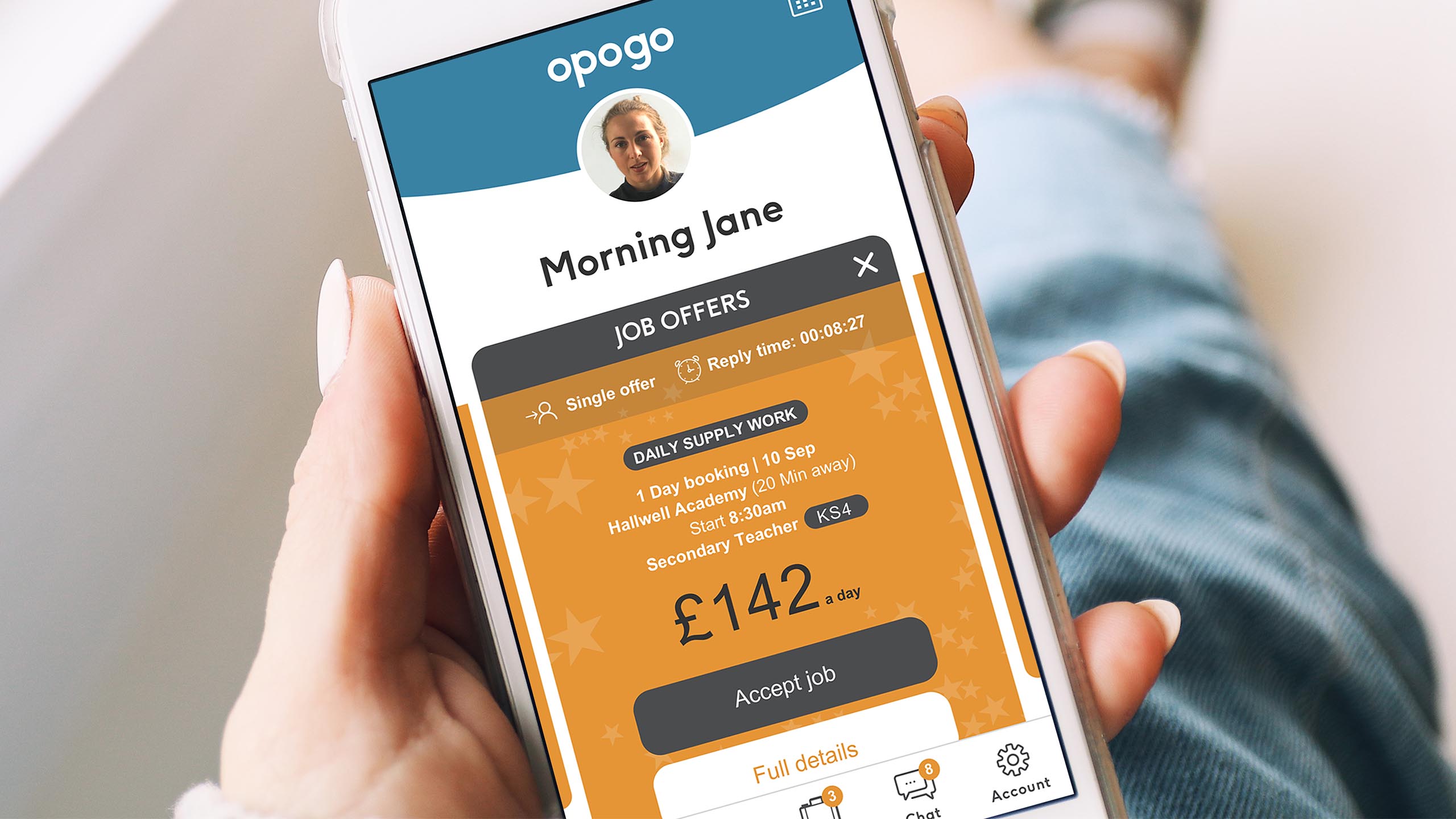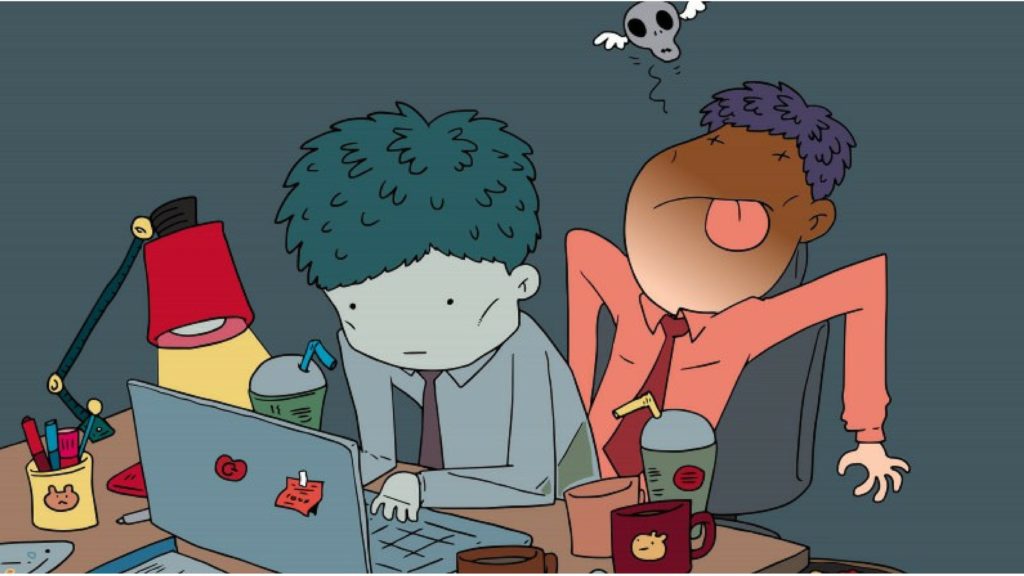Technology in the classroom

‘Edtech’ is revolutionising the way we teach our children. Are you on board?
Technology has infiltrated every area of our lives. Schools are no different, foregoing the traditional blackboards and textbooks. They’re now all about smart boards and interactive books on tablets. In this article, we’re going to look at different examples of how tech can be used in the classroom. We’ll also weigh up the advantages and disadvantages. Finally, we’ll talk about what we’re doing at Opogo to encourage the use of tech for teachers.
How?
Schools in the UK spend £900 million on education technology, or ‘edtech’, every year. What are they spending it on? Firstly you have the hardware:
- Smart boards
- Tablets
- Digital Cameras
- Computers
There are also numerous software packages that schools are buying or subscribing to. Younger children are using web apps like Busy Things to improve their maths and English. Older children are using Kahoot!, which is the top education app in the UK and US. Kahoot! has built up a user base of more than 50 million since its launch in 2013. Teachers can create their own educational games on the app’s platform or they can choose from a vast database of educational quizzes and teaching programmes.

“As the possibilities of technology advance, there will only be more of it in our schools.”
Advantages of technology in the classroom
There are so many benefits associated with the use of tech in the classroom:
- Technology is the future, and we need to teach our children to be tech-savvy early
- Tech allows children to learn at their own pace
- Children find that using tech is more fun
- Stats show that technology boosts children’s retention of information
- Children form a connection with their technology. It engages them
- Using software programmes helps children make decisions
- Tech alters the role of the teacher in the education process. They become an encourager and a coach, rather than the source of information
- Software is continuously updated, rather than textbooks that grow out of date
The traditionalist view
Of course, there are always people who don’t believe that technology in the classroom is always a good idea. When you’re spending such a significant amount of money per year on something, there will always be people who think it would be better to spend it elsewhere.
There is also the view that children spend enough time looking at screens when they’re not at school, and that school should be more like it used to be, with teachers being the sole source of information. Tech should be saved for outside the classroom, where it can be put to better use. An example of this is Cubetto, which teaches children as young as three about coding.
Additionally, experiments in America have shown that using technology doesn’t actually have a beneficial effect on children’s test scores. On the other hand, there are numerous studies that show the opposite, that tech is an effective aid to children’s education.
There’s no doubt that there’s only one direction of travel here. Technology in the classroom is here to stay. As the possibilities of technology advance, there will only be more of it in our schools. Plus, as younger teachers who have only known edtech reach management levels, they will want to invest even more in new ideas.

Tech for teachers
We’ve seen how teachers are using tech to educate our children better, but what about tech for teachers?
The Thames Teacher Group has launched its new solution to making the lives of teachers simpler, easier, more manageable and more enjoyable: Opogo. Opogo’s understanding of the industry and its challenges, its advanced, personalised, technology and dedicated team members offer the highest quality support to transform the world of education for the better.
Through advanced, constantly improving technology and empathetic, expert team members, we are helping educational professionals work smarter. Opogo is a community platform designed to help schools attract and retain the talent that’s right for them. Our social hub is packed with rich content from our community experts.
“…we encourage participation and trust which is why we run regular social content including online webinars and videos…”
By reducing daily admin, simplifying job opportunities, delivering world-class E-Learning, organising social meetups, rewarding engagement, cutting down on complexity, giving greater transparency and better, faster control (i.e. via mobile), we are helping educators do more than work in the sector they love.
A core offering of Opogo is the stand-out social experience. We engage each of our user groups with relevant and bespoke content that users will want to engage with from classroom behaviour management, STEM advice to practical career development.
Our Opogo community comprises of expert speakers sharing their knowledge through rich content both online and in the app as well. As part of the Opogo Community, we encourage participation and trust which is why we run regular social content including webinars and videos. Leave us a comment at the bottom of this article and tell us what you think about tech in classrooms.
It’s not just children that can engage with technology at school. Thanks to Opogo, teachers can too!








Due to COVID-19 and online learning at home since last year, the dependency on technology has increased tremendously and children and young pupil are way ahead of using it. The best would be to create a balance between traditional and technological learning that can be achieved through proper training, webinar and courses for both teachers and pupils based on the age group.
it makes everything easier to manage meaning Teachers can be better prepared for their day in the classroom, it’s always great to see and hear what else could make Teachng and Learning easier.